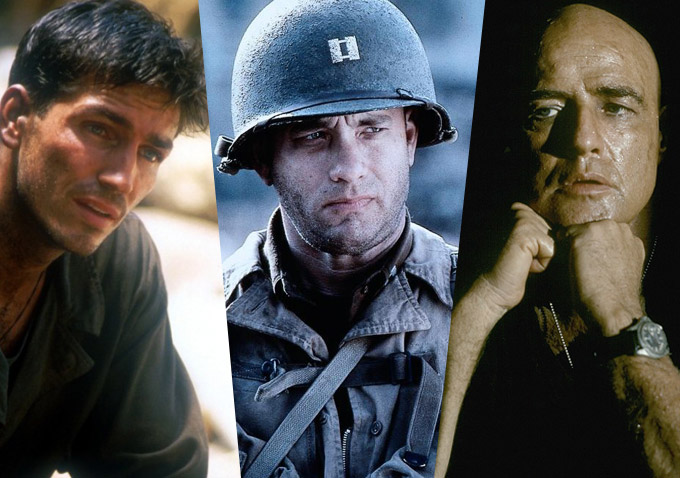 In 1998, two celebrated American directors each delivered a World War II film depicting the horrors of war. The directors were Terrence Malick and Steven Spielberg, proffering “The Thin Red Line” and “Saving Private Ryan,” respectively. While Spielberg’s classic focuses on the individual’s sacrifice and pain in service of a worthwhile mission taking place in WWII, Malick’s film is an anti-war tone poem that could just as easily be about the Vietnam war, examining how the destruction of war affects all of nature. A video essay from Adam Laity deconstructs the way landscapes and natural environments are used in those films among others.
In 1998, two celebrated American directors each delivered a World War II film depicting the horrors of war. The directors were Terrence Malick and Steven Spielberg, proffering “The Thin Red Line” and “Saving Private Ryan,” respectively. While Spielberg’s classic focuses on the individual’s sacrifice and pain in service of a worthwhile mission taking place in WWII, Malick’s film is an anti-war tone poem that could just as easily be about the Vietnam war, examining how the destruction of war affects all of nature. A video essay from Adam Laity deconstructs the way landscapes and natural environments are used in those films among others.
Running just over 20 minutes, the video reads classics like “Apocalypse Now” and “Full Metal Jacket” closely, dissecting how a director can use the setting of a film to drive home certain themes. Big chunks of the essay are devoted to both Coppola’s and Malick’s works —while both are anti-war films, each are wildly different in terms of the filmmaker’s sensibilities.
Watch Laity’s “The Role of Landscape, Nature and Environment in War Films” below. [35MM]





